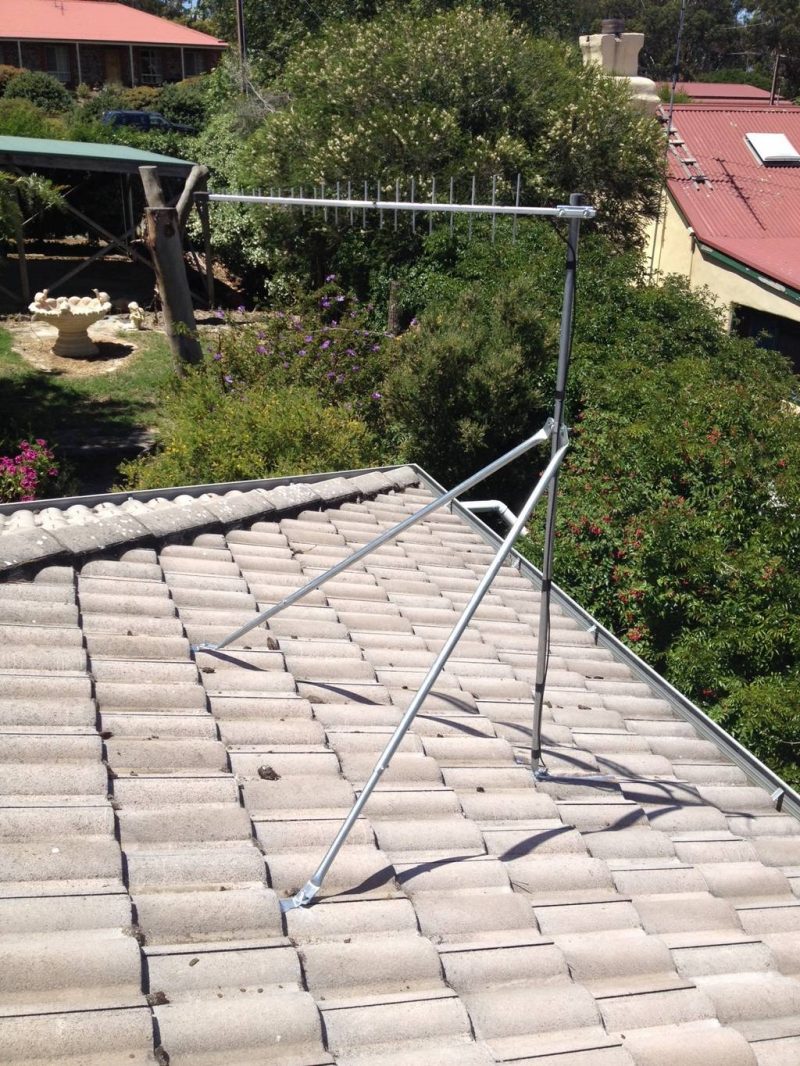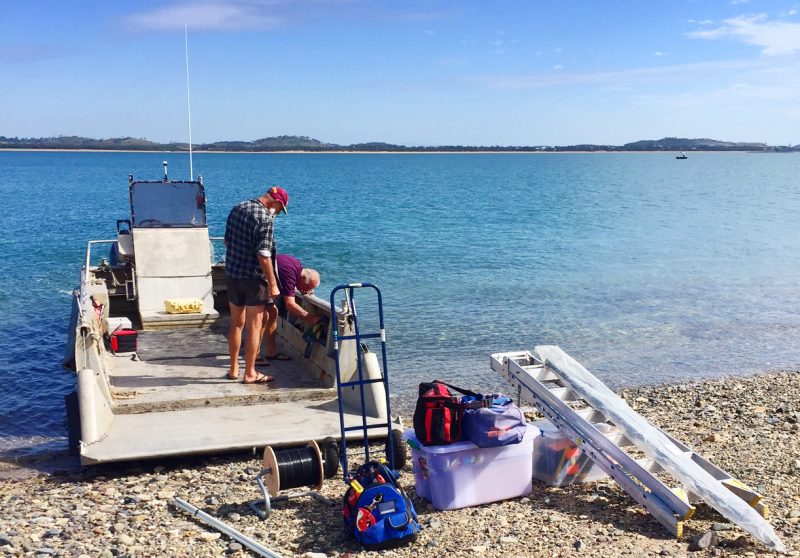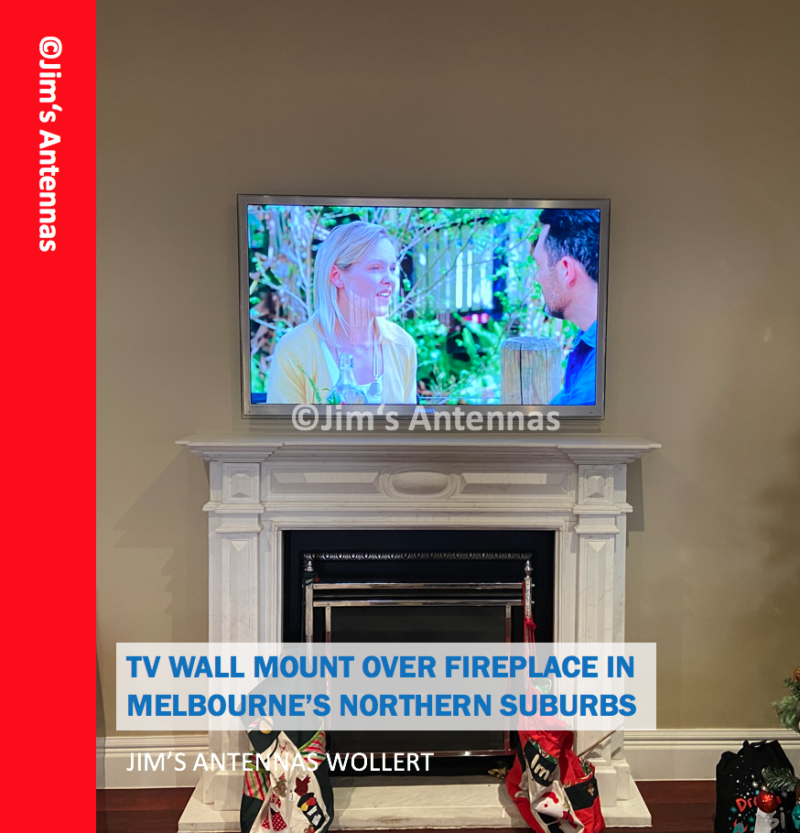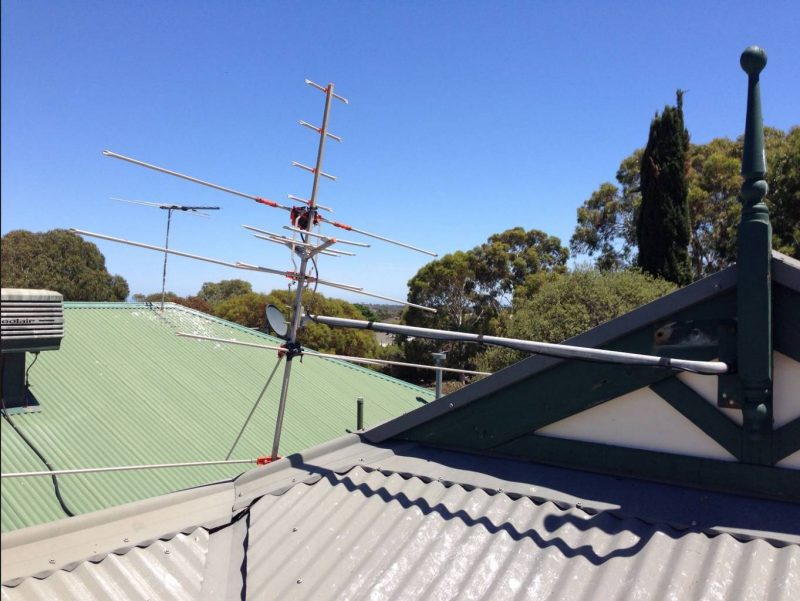Antenna Boosters
Antenna boosters: do you really need one?
 You purchase a new LED TV. You go by the book and have everything set up professionally. But just as you tune into the Ashes series with your favourite beer in hand, you get pixilation: What? How did this happen? Digital TV, HD box, pro-installers and a much thinner wallet later, you certainly don’t deserve this.
You purchase a new LED TV. You go by the book and have everything set up professionally. But just as you tune into the Ashes series with your favourite beer in hand, you get pixilation: What? How did this happen? Digital TV, HD box, pro-installers and a much thinner wallet later, you certainly don’t deserve this.
The good news is you aren’t alone. People do everything right and still don’t get a proper digital signal. Worse, they don’t get a signal at all! Signal loss is a common phenomenon when it’s transmitted from the antenna to your TV’s tuner. Boosting or amplifying the signal can potentially fix the reception issue.
Amplification is tricky: it’s like a nozzle which is connected to a hose to speed up the water flow. In this context, the water is your digital signal; the hose is the antenna minus the amplification and the nozzle is the booster. Using electricity, the booster harnesses a signal and transmits it adding an electrical push or boost. The digital TV signal is able to travel farther with enhanced power and provides more consistency to pictures.
Just as the nozzle cannot increase the spraying power without water, the booster cannot improve the reception without a signal. So, before going to the store and spending more on an amplifier which may or may not solve your problem, it’s best to analyse whether you live in a poor reception area. Digital signals can fluctuate at the drop of a hat – hills, trees, the weather and even people can cause interference. It’s analogue counterpart isn’t as fragile though.
Lastly, as you can over-water a plant, or blow out your stereo speakers by cranking up the volume to the max, you can also over-amplify a tuner. Also, when buying, check for the “dB rating”. It indicates the product is amplified. But don’t install one that’s too powerful for your tuner. Experts recommend 14dB amplification; though, look for one which has adjustable dB configuration.
Buying an Amplifier
Amplifiers or TV signal boosters are most common in antennas, but you can buy them as stand alone products too. Product packaging usually advertises amplified or powered antenna. If you see a db rating then you know it’s amplified.
As far as buying advice, just as you can over-water plants, you can over-amplify a digital tuner. It’s similar to blowing out stereo speakers by turning up the volume too much.
The hard part is that it’s difficult to gauge what’s too powerful for your tuner. Some experts I’ve spoken to recommend amplification around 14db. If you can then buy a product that has adjustable db settings.
If you buy an amplified antenna then be sure to go to Antenna Web to make sure you have you antenna properly aligned before connecting the power.



